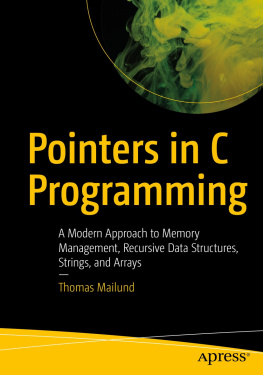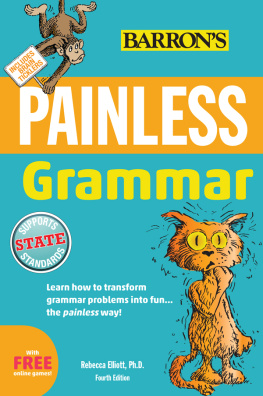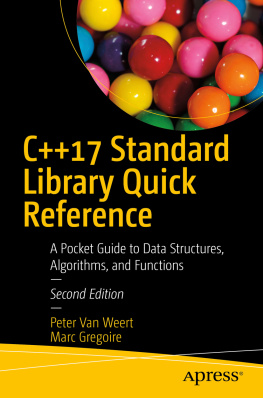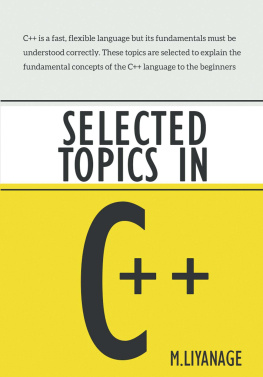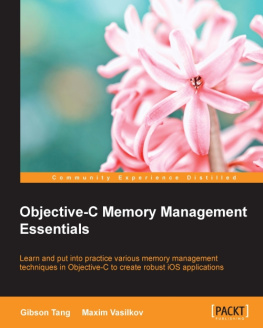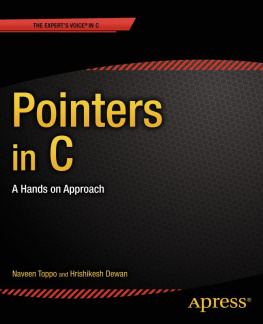Richard Reese - Understanding and Using C Pointers
Here you can read online Richard Reese - Understanding and Using C Pointers full text of the book (entire story) in english for free. Download pdf and epub, get meaning, cover and reviews about this ebook. year: 2013, publisher: OReilly Media, genre: Computer. Description of the work, (preface) as well as reviews are available. Best literature library LitArk.com created for fans of good reading and offers a wide selection of genres:
Romance novel
Science fiction
Adventure
Detective
Science
History
Home and family
Prose
Art
Politics
Computer
Non-fiction
Religion
Business
Children
Humor
Choose a favorite category and find really read worthwhile books. Enjoy immersion in the world of imagination, feel the emotions of the characters or learn something new for yourself, make an fascinating discovery.
- Book:Understanding and Using C Pointers
- Author:
- Publisher:OReilly Media
- Genre:
- Year:2013
- Rating:4 / 5
- Favourites:Add to favourites
- Your mark:
Understanding and Using C Pointers: summary, description and annotation
We offer to read an annotation, description, summary or preface (depends on what the author of the book "Understanding and Using C Pointers" wrote himself). If you haven't found the necessary information about the book — write in the comments, we will try to find it.
Difficult to master, pointers provide C with much flexibility and poweryet few resources are dedicated to this data type. This comprehensive book has the information you need, whether youre a beginner or an experienced C or C++ programmer or developer.
* Get an introduction to pointers, including the declaration of different pointer types
* Learn about dynamic memory allocation, de-allocation, and alternative memory management techniques
* Use techniques for passing or returning data to and from functions
* Understand the fundamental aspects of arrays as they relate to pointers
* Explore the basics of strings and how pointers are used to support them
* Examine why pointers can be the source of security problems, such as buffer overflow
* Learn several pointer techniques, such as the use of opaque pointers, bounded pointers and, the restrict keyword
Richard Reese: author's other books
Who wrote Understanding and Using C Pointers? Find out the surname, the name of the author of the book and a list of all author's works by series.


